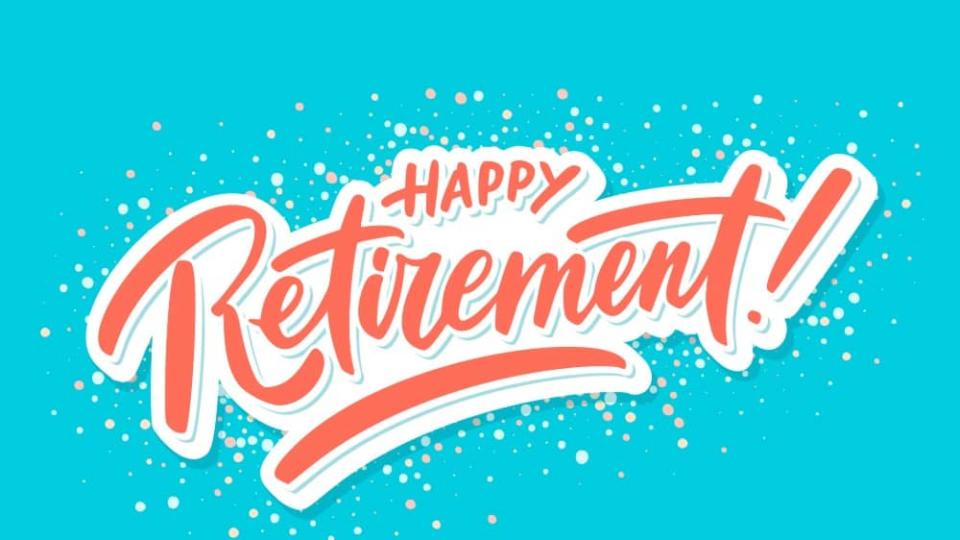Can You Afford to Retire? Use This 3-Step Checklist to Find Out

The results of a retirement survey by Global Investor Study are insightful. About 42% of respondents from Canada felt they had saved enough for retirement, while 44% said they should have saved a “little” more.
The remaining 14% of respondents wished they had saved a lot more. The question is, but can you afford to retire? The way to find out is to prepare a checklist to test yourself.
Retirement needs
Retirement is a new stage of life that drastically changes one’s lifestyle. Your regular paycheck is gone that income significantly drops. Nearly one-quarter of your retirement income will come from a pension plan or company pension coverage.
A checklist can tell you whether the CPP and a company-sponsored retirement benefit, if any, are sufficient to cover your expenses as a retiree. The maximum monthly CPP payout for new beneficiaries is $1,154.58, assuming you made the maximum contribution each year of employment.
In 2019, the monthly average CPP is $679.16, as not all contributed enough to be eligible to get the full CPP payment. The total of your CPP plus other retirement benefits might answer the basic needs but not emergency expenses or healthcare costs. Healthcare, on the average, accounts for 15% of retirement spending
Retirement investments
Looking for retirement investments to augment your pension plan is the next step. The worst mistake a would-be retiree commit is to build a portfolio near retirement date. As much as possible, you should be investing at least 20 years beforehand.
In the same survey, respondents also believe that the average proportion of annual income you should be saving for retirement is 13%. In the RRSP, the maximum annual limit is 18% of your earned income.
An individual who had the foresight of creating a second pension and took advantage of the TFSA’s introduction in 2009 is reaping the benefits. A $10,000 investment in Canadian Utilities (TSX:CU) delivered a total return of 179.57% in ten years.
If you were eligible to open a TFSA then but haven’t done so, your total contribution limit today is $63,500. Assuming you have that much savings and invest in Canadian Utilities that pays a 4.4% dividend, your money could be worth $150,239.95 or a gain of 137% in 20 years.
Canadian Utilities is suited for retirement planners because of its unparalleled dividend streak. This $10.4 billion diversified utility company has been paying dividends for 47 years. You don’t need to buy and sell stocks to realize high, long-term gains.
The low-risk nature of this utility stock has led to strong earnings growth as well as consistent dividend growth (9% CAGR over the last 10 years). Also, the stability of its business model can support payouts throughout all economic conditions.
Retirement withdrawals
As there’s no telling how long your retirement years would be, devise a withdrawal strategy. If you have a TFSA or RRSP, learn the contribution and withdrawal limits. It will help you develop the financial discipline when the time comes to draw from these retirement accounts.
Determining factor
Ultimately, the determining factor of retirement readiness is the income you will generate from dividend stocks like Canadian Utilities. This utility stock can be your financial nourishment for a century.
More reading
Fool contributor Christopher Liew has no position in any of the stocks mentioned.
The Motley Fool’s purpose is to help the world invest, better. Click here now for your free subscription to Take Stock, The Motley Fool Canada’s free investing newsletter. Packed with stock ideas and investing advice, it is essential reading for anyone looking to build and grow their wealth in the years ahead. Motley Fool Canada 2019

 Yahoo Finance
Yahoo Finance 